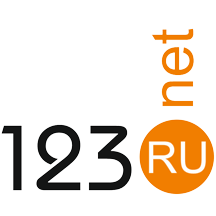Smokeless tobacco use and its associated factors among secondary school students of Rangeli Municipality of Morang district, Nepal
by Manish Rajbanshi, Rocky Rajbanshi, Richa Aryal
BackgroundThe tobacco epidemic is one of the biggest public health threats and the world’s leading cause of preventable death which is responsible for killing 8 million people every year. Adolescents are the vulnerable age group and are at greater risk of any tobacco use including smokeless tobacco (SLT) and nicotine addiction. Tobacco use at a young age increases the risk of various non-communicable diseases (NCDs) such as respiratory illness... Читать дальше...
